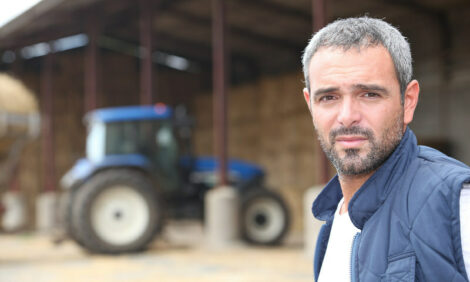



Swine Industry Continues to Expand, but at a Slower Pace
US - The June Hog and Pig report reported swine inventories are now 1 per cent larger than a year ago, writes Shane Ellis.Expectations were that there would be a slight expansion in breeding herd numbers and a small increase in market hog inventories. Due to the mild weather in the Midwest during the winter months, hogs were able to grow and finish out sooner than expected. This led to a marketed increased in hog slaughter during the spring and early summer and shorter hog supplies in June. From the inventory report, the number of heavy market hogs that would be ready for the market in June and July would be static with hog supplies of a year ago. The swine industry had been accustomed to a 1 to 2 percent increase year over year.
As of 1 June the national swine herd was at 65.8 million head. The national breeding herd increased slightly and is now close to 5.9 million head while market hog numbers increased by 0.8 percent to the threshold of 60 million head. Heavier market hogs inventory in the 180+ lbs. weight class were basically steady at 10.5 million head. The number of pigs weaned per litter since March has increased by about a percent compared to the second quarter of last year. The average litter size is nearly 10.1 pigs, with nearly every size of capacity farrowing operation reporting larger average litter sizes.

The outlook for hog supplies in 2013 will be affected by producer intentions to farrow fewer sows in the second half of this year. Intentions are that sow farrowing will be down about a percent in the second half of 2012. The drier than usual conditions in the Midwest Corn Belt has led to a reduction in the expected corn yield this year. In turn, expectations for a smaller new crop corn supply have led to increased corn prices on the futures market contracts for the next year.
Within Iowa, sow numbers declined slightly, while market hog numbers have increased by more than 2 percent. Since the beginning of the year there has been renewed interest in expanding the state’s finishing capacity, not exhibited since 2006-07 when returns to hog production were in the midst of a 44 month run of sustained profitability. Profitability has not been nearly as sustained in the past year, and the prospects of increased feed costs may dampen future plans for expansion until the outlook for the hog market becomes more certain. If fewer sows will be farrowing in the second half of this year, hog supplies in 2013 could be closer to steady than a significant expansion. Tighter hog supplies will be needed to push hog prices back above breakeven levels. Table 2 contains the ISU forecast for hog supplies and prices in the next year and the close of futures price on 29 June adjusted for an Iowa basis.

Figure 1 is a graph of the computed hog “crush“ margin based on the futures market at the close of the futures market on Friday, June 29. If a $40 gross margin is needed to cover overhead and other costs and breakeven, then the road ahead appears to be a little rough. After August, profitability may not return until June of next year if the current futures prices for hogs, corn and SBM prove to be a true prediction. While it is difficult to fully anticipate how a market will respond, this hog and pig reports may be seen as slightly bullish, as most of the hog inventories came in at the low end of the range analyst predicted.
Figure 1. ISU Calculated “Crush“ Gross Margins

Further ReadingYou can view the Hogs and Pigs report by clicking here. |








